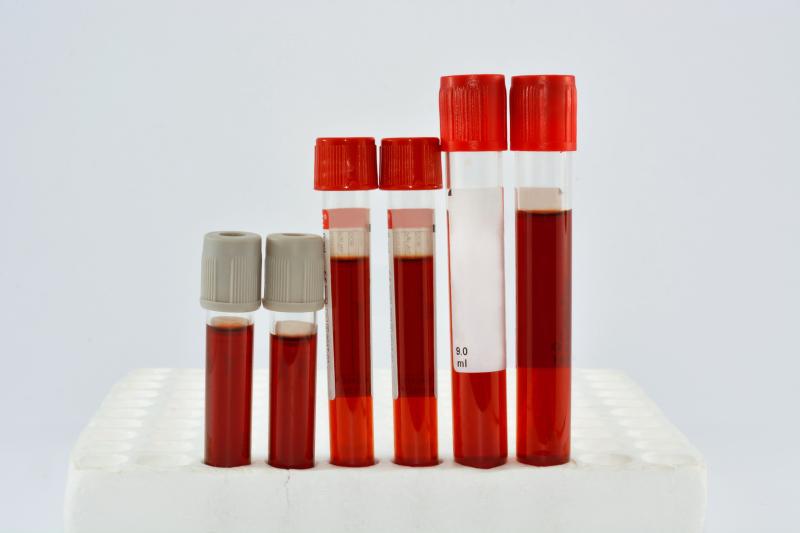
Different types of anaemia have varied effects on glycated haemoglobin (HbA1c) levels, a new study has found. In nonanaemic individuals, haemoglobin has an inverse correlation with HbA1c.
Accessing health check-up data from 36,422 nondiabetic workers from Japan, researchers identified those with anaemia and divided them into three groups according to mean corpuscular volume (MCV): <80, 80–90 and >90 fL. Nonanaemic participants were grouped into four based on haemoglobin concentrations.
The prevalence rates of anaemia with MCV <80, 80–90 and >90 fL in males were 0.2 percent, 0.5 percent and 0.9 percent, respectively; 98.4 percent had no anaemia. The corresponding rates in females were 6.1 percent, 6.4 percent and 2.8 percent, with 84.7 percent having no anaemia.
After controlling for age, body mass index, fasting plasma glucose, smoking and place of work, researchers found that both males and females who had anaemia with MCV <80 and 80–90 fL had elevated mean HbA1c levels relative to their nonanaemic counterparts. In contrast, those with anaemia with MCV >90 fL showed lower adjusted HbA1c compared with those who did not have anaemia.
Moreover, HbA1c levels were lower in anaemic participants with MCV >90 fL than in those with MCV <80 or 80–90 fL.
In absolute terms, the difference in HbA1c between males with anaemia with MCV >90 fL and those with preanaemia was –0.05 percent. The same comparison in females yielded an absolute difference of –0.07 percent.
In participants without anaemia, HbA1c shared an inverse association with haemoglobin in males and females (p-trend<0.001 for both). These interactions remained significant after adjusting for potential confounders.